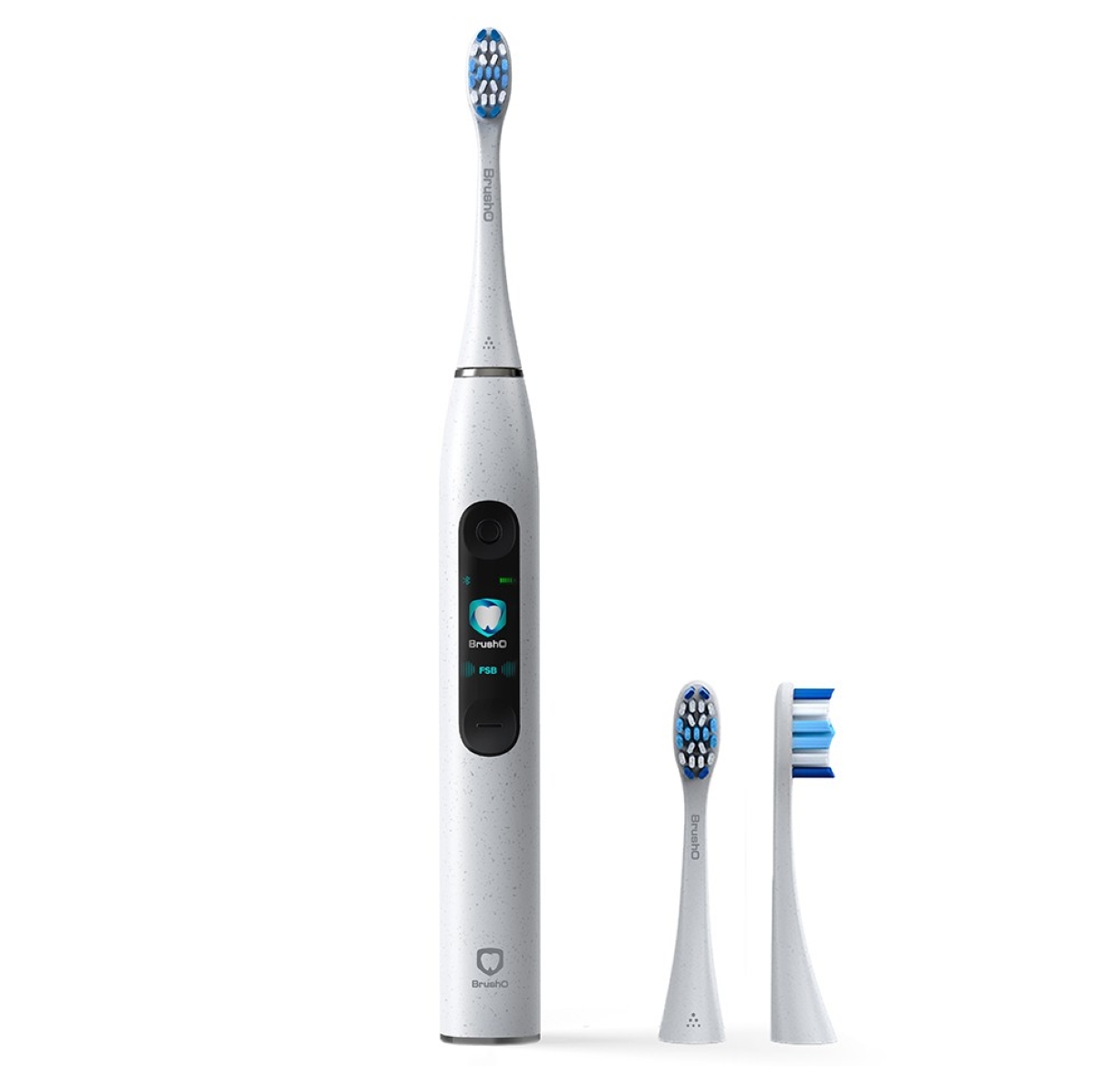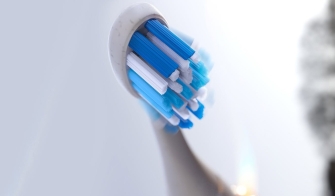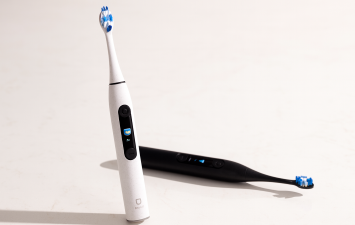Back
Braces Care Tips: What You Must AvoidSep 10
Sep 10
Brace care tips are essential for anyone wearing orthodontics. While braces straighten your smile, they also make daily oral hygiene more challenging. Small mistakes—like eating sticky foods or brushing too aggressively—can slow treatment, damage braces, and even harm your teeth. In this article, we’ll cover the key things you must avoid with braces, practical tips to stay on track, and how smart tools like BrushO make caring for braces easier than ever.

Why Oral Care Is Different with Braces 🦷
Braces create new surfaces where food and bacteria can hide. Plaque buildup around brackets and wires increases the risk of:
-
Cavities
-
Gum inflammation
-
Stains and white spots
-
Longer treatment times
👉 Good oral care is critical to protect both your braces and your teeth.
Mistake 1: Brushing Too Hard 🚫
Many people think aggressive brushing cleans better. But with braces:
-
Hard brushing can damage wires and scratch brackets.
-
It can also wear down enamel and irritate gums.
Tip: Use a gentle or sensitive mode on your BrushO toothbrush to protect both braces and enamel.
Mistake 2: Skipping Flossing or Interdental Cleaning 🧵
Braces make flossing harder, but skipping it leads to plaque around wires and brackets.
-
Use floss threaders or interdental brushes to clean between teeth.
-
Consider a water flosser for easier daily care.
Mistake 3: Eating Sticky or Hard Foods 🍬🥜
Certain foods can cause braces trouble:
-
Sticky foods (caramel, gum) → pull on brackets.
-
Hard foods (nuts, popcorn, ice) → can break wires.
-
Sugary snacks → increase cavity risk around braces.
Tip: Cut harder foods into smaller bites, and rinse after eating.
Mistake 4: Ignoring Regular Dental Checkups 🩺
Some think brushing at home is enough, but braces require regular professional monitoring. Dentists and orthodontists check for:
-
Bracket stability
-
Wire tension
-
Plaque or tartar buildup
Skipping visits can delay your progress.
Mistake 5: Not Cleaning Around Brackets Properly 🔍
Plaque around brackets leads to white spot lesions—permanent marks on enamel after braces are removed.
-
Angle your toothbrush at 45 degrees to reach under brackets.
-
Brush for at least 2 minutes twice a day.
How Smart Toothbrushes Help Braces Users 🤖
A smart electric toothbrush like BrushO solves many of these challenges:
-
AI-powered feedback ensures all tooth surfaces are cleaned.
-
Sensitive & gum-care modes protect enamel and gums.
-
Replaceable brush heads are designed for precision cleaning.
-
App tracking motivates consistency with scores and reminders.
👉 With BrushO, braces care becomes simpler, safer, and more effective.
FAQ: Braces Care Mistakes
Q1: Can I eat popcorn with braces?
No. Kernels can break wires or get stuck between brackets.
Q2: What toothbrush is best for braces?
A smart electric toothbrush with gentle modes and smaller heads, like BrushO, is ideal.
Q3: How often should I brush with braces?
At least twice daily, ideally after each meal.
Q4: Is flossing necessary with braces?
Yes. Flossing removes plaque where brushes can’t reach.
Caring for braces requires extra attention and discipline. Avoiding common mistakes—like brushing too hard, eating sticky foods, or skipping flossing—makes a huge difference in treatment success. With BrushO’s smart technology, braces users get guided brushing, safer modes, and consistent care that keeps teeth and gums healthy during orthodontic treatment.
Recent Posts

How to Disinfect Your Toothbrush
Keep your mouth clean by making sure your toothbrush is, too.

Why BrushO Offers Free Brush Heads
BrushO doesn’t just promise free brush heads for life — it rewards you for doing what’s best for your health: brushing daily.

How to Reduce Dental Anxiety and Make Brushing Easier
Dental anxiety isn’t just about visiting the dentist—it can affect your daily oral hygiene, especially brushing. If brushing your teeth feels stressful, overwhelming, or even scary (especially for kids or those with sensory sensitivity), you’re not alone.

How to Master Smart Brushing with AI‑Powered Toothbrushes
Smart toothbrushes are transforming the way we care for our teeth.

How to Maximize Your Toothbrush Battery Life
Wondering why your electric toothbrush battery drains so quickly? Or how to make sure your AI-powered brush like BrushO performs at its best for years?

Are You Overpaying for a Toothbrush?
If your toothbrush costs a small fortune but doesn’t make your teeth feel cleaner, you might be paying more than you should. Here’s how to tell if you’re getting true value — and how to choose smarter.

How to Switch from Manual to Electric Brush
Thinking of switching from a manual to an electric toothbrush?
Does Brushing Longer Mean Cleaner Teeth?
Many people believe that brushing longer automatically means a cleaner mouth—but is that true?
How to Brush Smarter, Not Harder
Brushing your teeth harder doesn’t mean brushing them better. In fact, it might be harming your gums and enamel.

How to Make Your Diet Protect Your Teeth
Maintaining a bright, healthy smile isn’t just about brushing and flossing — your diet plays a huge role in oral health. The foods and drinks you consume every day can either help protect your teeth or contribute to decay and gum disease.
